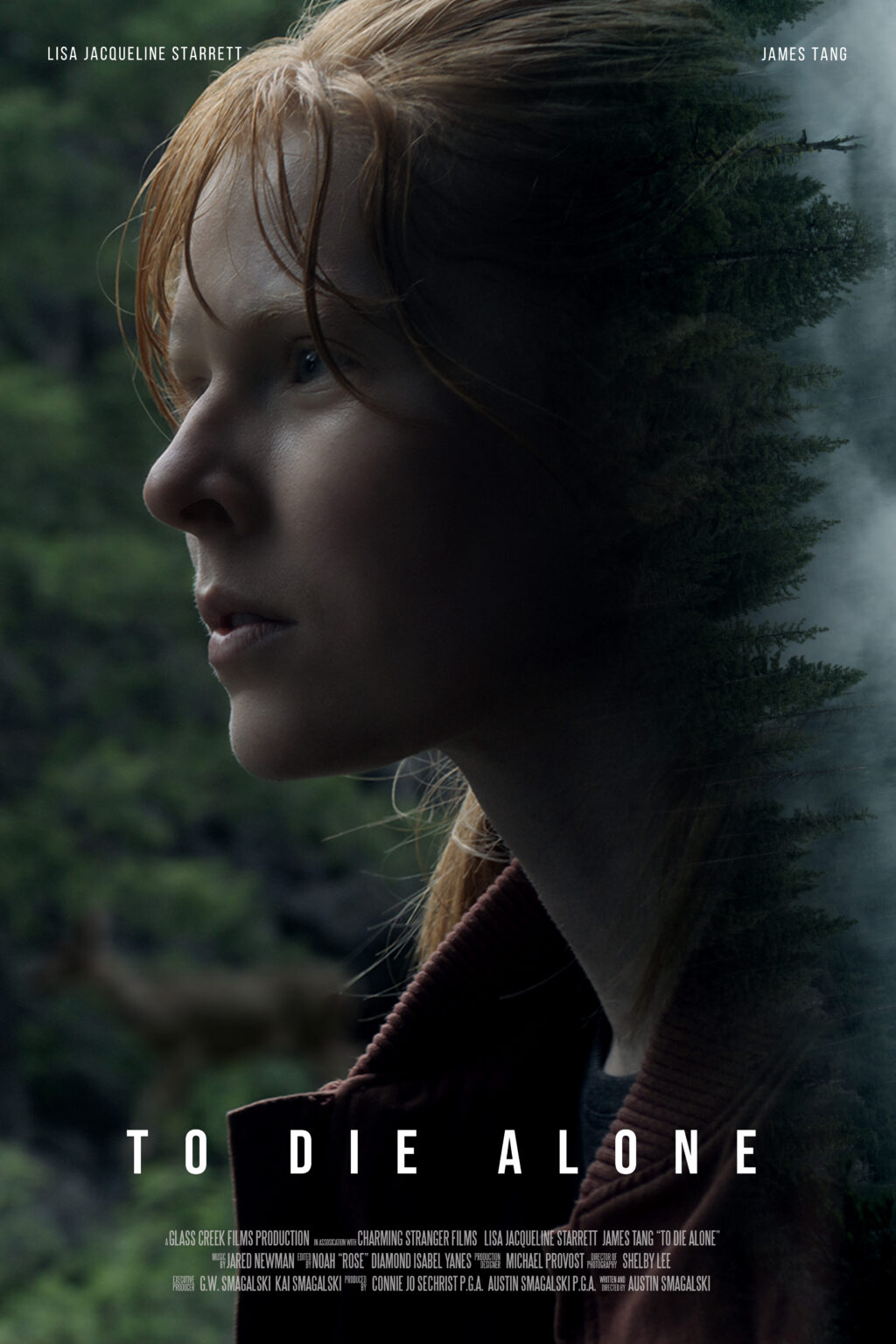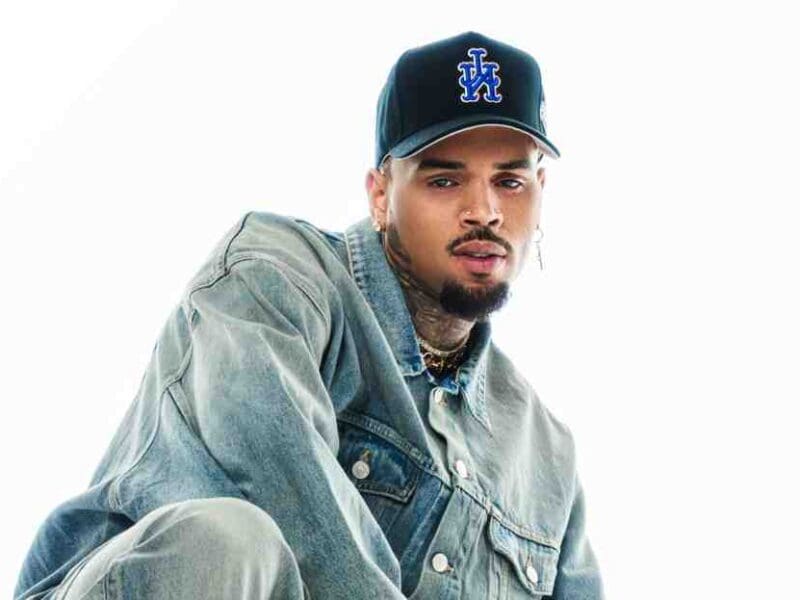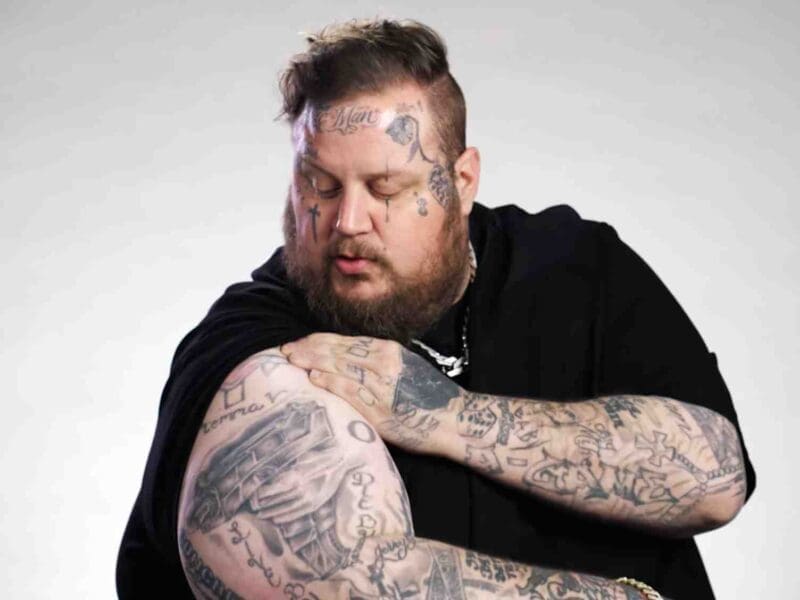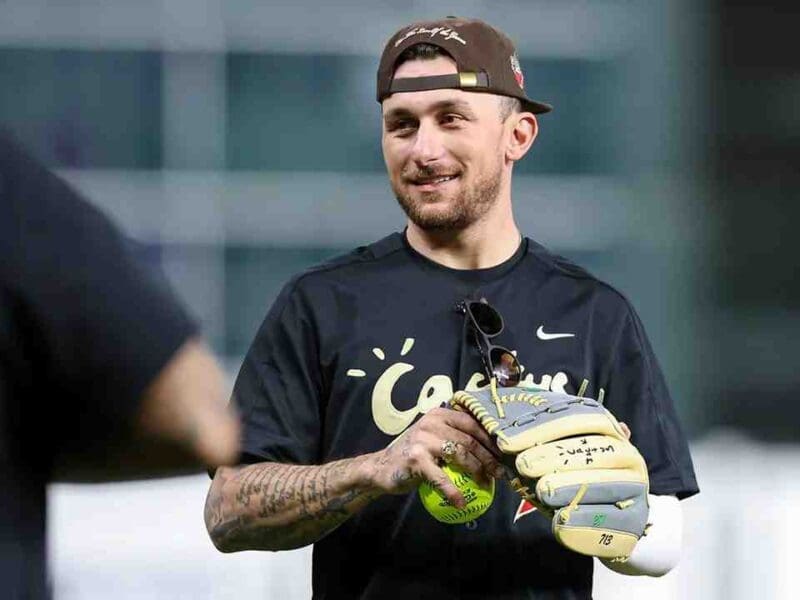
Unveiling the Artistry: An Exclusive Interview with Filmmaker Austin Smagalski
- Your latest feature film, To Die Alone, has garnered critical acclaim, exploring themes of trauma and isolation. Can you share the inspiration behind this project and what you aimed to convey to your audience?
I did a lot of backpacking in the Sierra Nevadas growing up, and I was always in awe of how beautiful and immense the mountains and forests were. So it was inevitable that I would make a backpacking movie at some point. For this film, I wanted those feelings – awe and isolation – to be expressions of Irving’s internal conflict. For all the ways she’s trying to survive physically, it’s also a story of emotional survival.
- Transitioning from TV editing to writing and directing independent films, what draws you to storytelling through filmmaking, particularly in exploring themes like trauma and family?
I’ve always thought that editing and directing have a lot in common. My first feature as a writer/director, Donovan Reid, helped me get my start in cutting true-crime shows, and the storytelling skills I built up from cutting hour-long episodes really helped craft the script and production of To Die Alone. In both professions, I really enjoy telling stories about complex characters, which is how we get into the trauma of it all.
- To Die Alone delves into internal struggles, a recurring theme in your work. How do you approach portraying these themes authentically, and what challenges do you face in translating them to the screen?
For me, every conflict and character has its roots in either a part of myself or someone I care deeply about. When you start with something real and you invite your collaborators to bring their own experiences to the table throughout the process, the result will always be authentic.

- The San Francisco Independent Film Festival premiered To Die Alone. Can you describe the experience of showcasing your film at such a prestigious event and the audience’s reception?
SF Indiefest was fantastic. Two back-to-back sold out shows, lots of cast & crew, and some really wonderful Q&As. It’s one thing to have intention and meaning behind a film, but it’s a whole different thing to have folks asking questions that make it clear that they really “got” the film.
- Your upcoming projects include a documentary on dog rescues and a crime thriller. How do you balance your creative vision between these diverse genres, and what can audiences expect from your future work?
I’ve never worried too much about genres or categories. My goal is to tell deeply personal stories about internal and interpersonal struggles. Film builds empathy unlike any other medium and has an incredible ability to externalize internal conflicts. It’s that empathy, and coming to understand someone else, or something about yourself, that excites me.
- As someone passionate about filmmaking since childhood, how has your upbringing in Sonoma County influenced your artistic perspective and the stories you choose to tell?
You could truly film anywhere, and nobody would stop you. I was lucky that Petaluma High had a solid film program, and after three years of taking the film class I was really given free reign to make what I wanted to.
- Could you tell us more about your involvement in the independent film community, and how it has shaped your approach to filmmaking and storytelling?
Finding your people is such an essential part of indie filmmaking. I’ve worked on a lot of sets, and having that core group of people that you connect with and challenge you creatively is how you grow as a person and an artist. On the other side of that coin, I’ve had my fair share of negative experiences with productions not paying, misleading cast and crew, etc. Those productions have really influenced how I produce, working hard to make sure my cast and crew are treated well and compensated fairly.

- On your social media platforms, you share insights into both your personal and professional journey. How do you utilize platforms like Instagram to connect with your audience and share your creative process?
I’ll admit, there’s not much strategy to it. I just really love the work and share things that I’d find interesting.
- In addition to directing and writing, you’ve also ventured into producing. How do you navigate the challenges of independent filmmaking, from funding to distribution, and what advice would you give to aspiring filmmakers?
There’s a lot of imposter syndrome in the film industry, I’ve felt my share of it with all the hats I’ve worn. My biggest piece of advice is really simple: you can be two things. If you’re an actor, and you also work as a script supervisor, that’s totally reasonable. Everyone’s figuring this thing out, even the biggest directors and actors out there. Don’t be afraid to be more than one thing.
- Looking ahead, what are your long-term goals and aspirations in the film industry, and what legacy do you hope to leave with your body of work?
That’s a big one. I would love to see Glass Creek Films grow into a self-sustaining production company, and to direct about half of the films we produce. I want to continue to build that film family, and make sure that we can produce films the right way. Creatively, I hope that my films help people to understand and express their own internal conflicts. We could all use a little more empathy.








